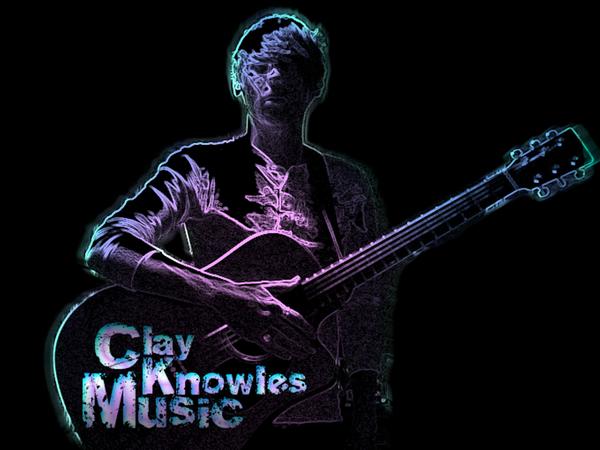Sunday, September 21, 2008
Reading Response #2
The essays written by Amy Garrett-Brown and Jay Holmquist are definitely more about discovery than just being traditional research papers. They both set out to answer a question that they’ve had instead of trying to prove a point or argue their side on a certain topic. In Garrett-Brown’s essay, she seeks the reason why white people like to tan so much when there are numerous health issues involved in fake tanning. Holmquist wanted to find out if the drugs he liked to use at raves were actually harmful to the body when so many people thought they were safe. They both find the answers they need by doing extensive research on tanning and drug use. Amy found that “2/3 of teens say they look better with a tan and feel healthier” and that “50% say they looked more athletic” (460). Besides the fact that you get “prematurely leathered and wrinkled skin and a much higher risk of developing melanoma or other skin cancers,” people tend to care more about their look than their health (459). People would rather pay money to get a fake tan, possible cancer, and not spend time under the actual sun just because having a tan is very much in fashion. She also found that health industries suggested not being in the sun at all. With all this in mind, Amy finally comes to the conclusion that “there must be some middle ground” meaning that there has to be a way for people to get an actual tan from the sun without having to worry about cancer (460). Holmquist discovered a lot about the three drugs that were commonly used at raves: LSD, MDMA, and GHB. LSD can cause “flashbacks” and makes people think that “they can break the laws of physics,” MDMA “can involve severe depression, loss of appetite,” and “death” from being “overheated,” and GHB can inhibit “loss of bladder control, temporary amnesia.… sleepwalking… seizures, and cardiopulmonary depression” (B27-B28). Through these discoveries and his friend’s heart almost stop “pumping three times on the ride” to the hospital, he decides not to go to raves anymore because he now know the deadly effects of these drugs. Although both essays involve research, the authors still put their voice into the writings. Amy establishes her voice in the essay by showing her thought processes and how she wondered about things and then asked herself multiple questions which lead to other questions and more answers. She started off my asking herself about fake tanning which lead to “why [people] completely gyp themselves of the pleasures of the sun to be rewarded with a battle with cancer at worst and saggy skin at best” (460). This in turn lead to her wondering why people didn’t like being in the sun and that “the health industry sure doesn’t like or condone it” (460). Jay establishes his voice using his personal experience with the raves and party drugs and his reasons for not attending raves anymore. During his essay, Jay tells us that he like raves so much because “a rave is a place where [he[ can escape from reality” and “where [he] can get out [his] aggression through dance and music” (B25). This is helpful for me personally because I’ve never been to a rave and this helps me to understand his personality a little bit and the aspect of why other people might go to raves. At the end, he decides not to go to raves anymore because his friends “didn’t act like themselves” and “the temptation to do these drugs [was] way too high” (B29). Through this we again can see part of his personality in that he likes real friends and that he truly cares about his well being. These essays and Ballenger’s suggestions have helped me to realize that research essays don’t have to be boring and that it really is more about discovering something interesting, rather than just doing research with no reason in mind. Both Garret-Brown’s and Holmquist’s essays are very informative on their topics, but also very interesting to read. I guess instead of thinking about all the research that I might have to do in order to write the paper, I will ask a question to something I’ve always wondered about and find the answers through my research.
Subscribe to:
Post Comments (Atom)


2 comments:
Well, let me just start with the one thing I disagreed with. You claimed the "middle ground" that Garrett-Brown talks about at the end of her essay to be the idea that there must be some way to get an actual tan from the sun without getting cancer. However, I believe that the middle ground she is referring to is some sort of compromise between embracing the sun and the beauty-intensifying tan it gives us and acknowledging its dangers at the same time. But my differing view on this small aspect does not take at all away from the central point of your response.
What I do agree with from your post is the progression of the voice of both writers as their essays go on. Garrett-Brown's voice definitely showed more through her opinions and slightly sarcastic remarks, whereas Holmquist's voice was shown more through his reactions to situations. Both writers do use voice as a means of discovery in two very distinct manners. I also agree with your idea that research essays don't have to be boring, but can actually be just the opposite.
I disagree when you say “Through these discoveries and his friend’s heart almost stop “pumping three times on the ride” to the hospital, he decides not to go to raves anymore because he now know the deadly effects of these drugs”. I get the impression that he has already made the decision to stop doing those drugs long before he wrote the paper. I think the research and the paper was more of a justification of his quitting than a true discovery that he came to when he reached the end of his paper. I think the paper is more of any urge to keep other people from doing it.
Post a Comment